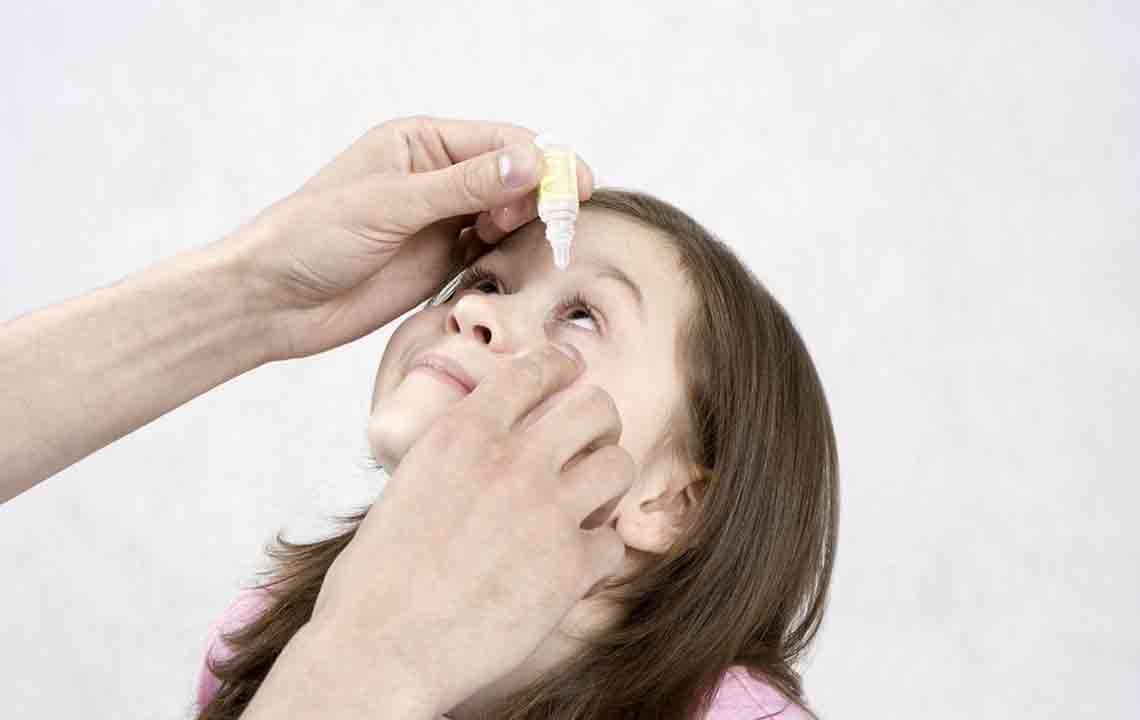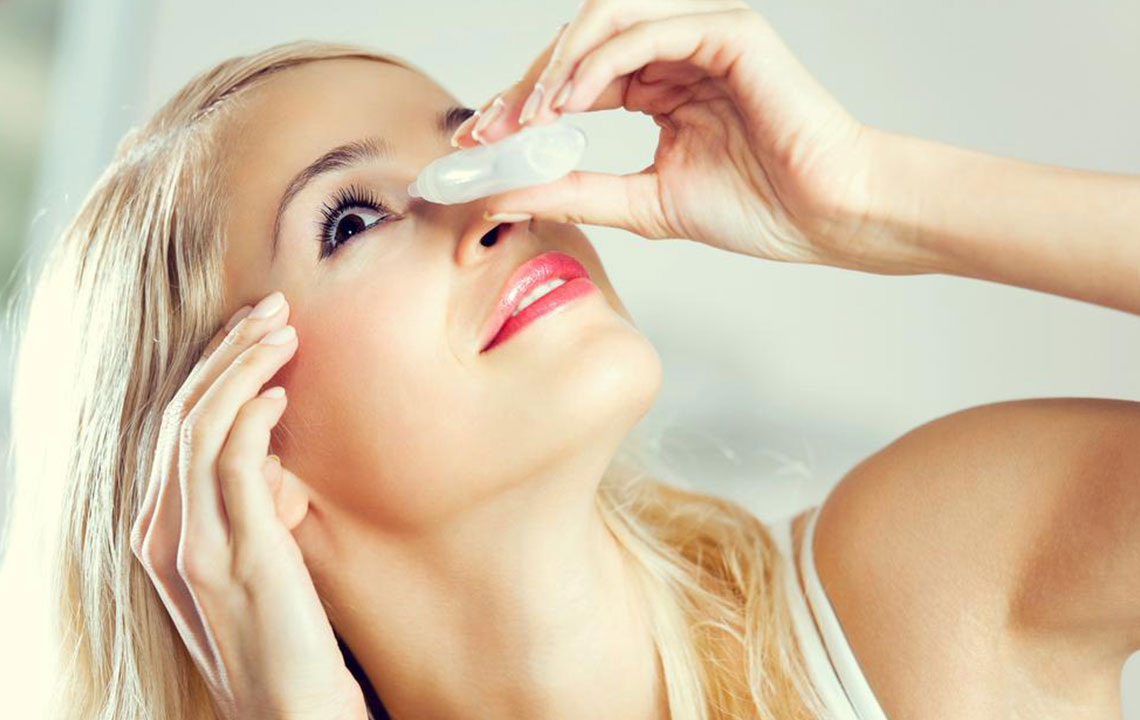Effective Natural Approaches for Managing and Treating Dry Eyes
Discover natural and effective strategies to manage and treat dry eyes. From lifestyle modifications and dietary choices to environmental adjustments, this comprehensive guide helps you alleviate discomfort and promote eye health naturally. Learn about causes, diagnosis, and practical remedies that can enhance your vision and quality of life without relying solely on medication.

Effective Natural Approaches for Managing and Treating Dry Eyes
Dry eyes are a common condition that can significantly impact daily life, causing discomfort, redness, and blurred vision. While many rely on artificial tears and medications to alleviate symptoms, an increasing number of individuals are discovering the benefits of natural remedies and lifestyle modifications. Addressing dry eye symptoms naturally not only reduces dependency on pharmaceuticals but also promotes overall eye health. This comprehensive guide explores the causes of dry eyes, methods for accurate diagnosis, and a variety of natural strategies to restore moisture, ease discomfort, and protect your vision for the long term.
Understanding the Underlying Causes of Dry Eyes
Dry eye syndrome, medically known as keratoconjunctivitis sicca, results from a variety of factors that disturb the eye's natural tear film. Tears are essential for lubricating the eyes, providing nutrients, and removing irritants. When tear production declines or tears evaporate prematurely, symptoms ensue. Recognizing these underlying causes is crucial for implementing effective natural management strategies.
Some of the most common causes include:
Insufficient or poor-quality tears due to aging or medical conditions
Environmental exposures such as dry, windy, or smoky conditions
Prolonged screen time and excessive use of digital devices
Hormonal fluctuations, especially during menopause, pregnancy, or thyroid disorders
Extended use of contact lenses that disturb the tear film
Chronic health issues like diabetes, rheumatoid arthritis, or autoimmune diseases
Previous eye surgeries, including refractive procedures like LASIK
Addressing these root causes through natural means can greatly improve symptoms and prevent progression.
Consistent and Accurate Diagnosis of Dry Eye Syndrome
Obtaining an accurate diagnosis from a qualified eye care professional is the first step toward effective management. Eye specialists utilize a range of diagnostic tests to assess tear production and quality, identify environmental or behavioral contributors, and rule out other eye conditions that mimic dry eye symptoms.
Common diagnostic techniques include:
Schirmer’s test to measure tear production
Tear breakup time (TBUT) to evaluate tear film stability
Staining tests with dyes like fluorescein or lissamine green to observe surface damage
Assessment of eyelid health and meibomian gland function
Reviewing the patient's medical history for systemic conditions or medication use
Proper diagnosis enables tailored treatment approaches, combining natural remedies with medical interventions when necessary.
Natural Remedies and Lifestyle Modifications for Dry Eye Relief
In mild to moderate cases, many individuals find relief through simple yet effective natural remedies and lifestyle adjustments. These strategies focus on improving tear stability, boosting hydration, and minimizing environmental aggravators that contribute to dry eye symptoms.
Key natural approaches include:
Frequent blinking: Reminding yourself to blink more often, especially during screen use, helps distribute tears evenly across the eye surface.
Hydration: Drinking ample water daily maintains overall hydration, which is essential for producing quality tears.
Protective eyewear: Wearing sunglasses with wraparound frames outdoors shields eyes from wind, dust, and harsh sunlight that can increase tear evaporation.
Omega-3 fatty acids: Incorporate omega-3-rich foods like fatty fish (salmon, mackerel), flaxseeds, walnuts, and leafy greens to enhance tear quality by reducing inflammation.
Artificial tears and natural lubricants: Use preservative-free artificial tears or gels as recommended by an eye care provider to supplement natural moisture.
Warm compresses and eyelid hygiene: Applying warm compresses helps unblock oil glands in the eyelids, preventing tear evaporation. Gently cleaning eyelid margins with mild solutions or baby shampoo can reduce inflammation and bacteria buildup.
Environment control: Increasing humidity in indoor spaces using humidifiers and taking regular breaks from screens reduce eye strain and dryness.
Additional natural techniques include eye exercises, regular blinking drills, and consuming chia seeds, which are rich in omega-3s. These practices promote better tear film stability, moisturize the eyes, and alleviate dryness symptoms in a sustainable way.
When to Seek Professional Eye Care
While natural remedies are effective for many, persistent or worsening symptoms require professional evaluation. If you experience ongoing redness, swelling, visual disturbances, or discomfort despite lifestyle modifications, consulting an eye specialist is essential. Also, seek immediate care if you notice signs like eye injuries, significant pain, or vision loss.
Combination therapy—integrating natural approaches with medical treatments—offers the best chance for long-term relief and ocular health preservation. Early intervention can prevent complications and improve your quality of life.
In conclusion, managing dry eyes naturally involves understanding its causes, proper diagnosis, and adopting a holistic approach that emphasizes lifestyle changes, dietary improvements, and environmental adjustments. Such strategies not only provide relief but also support the overall health of your eyes for years to come. Embrace these natural methods today to enjoy more comfortable, healthy eyesight.





